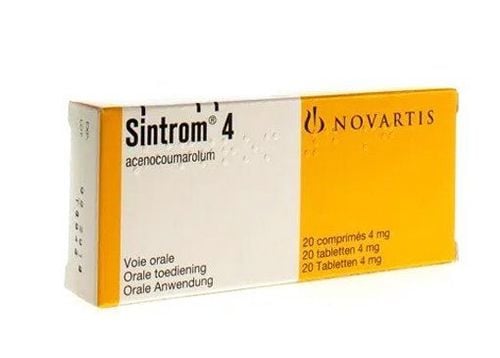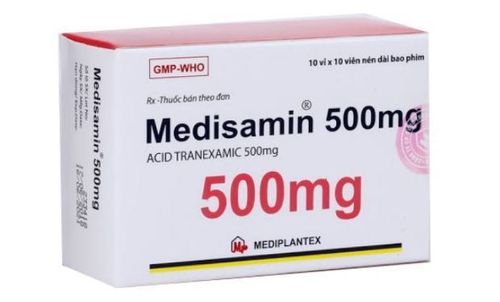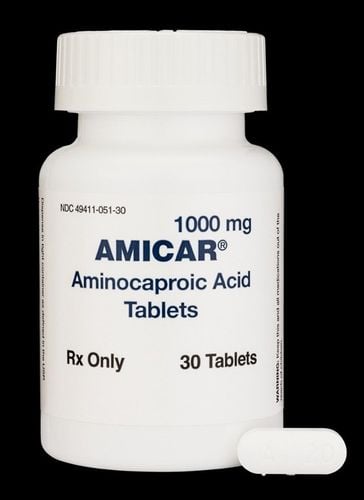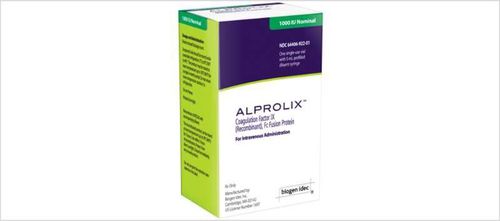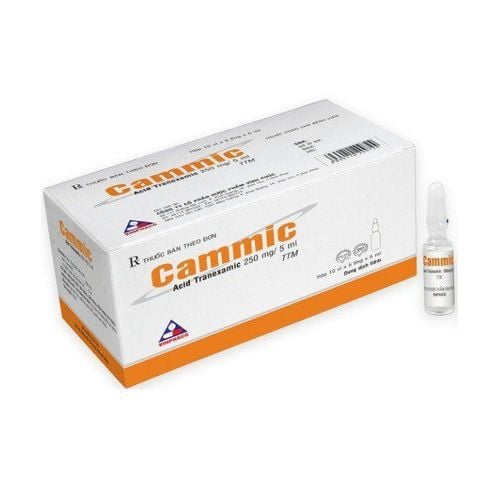This is an automatically translated article.
The article was professionally consulted by Specialist Doctor I Do Van Manh - Emergency Resuscitation Doctor - Emergency Resuscitation Department - Vinmec Ha Long International HospitalCoagulation disorder is a dangerous disease with many different causes and different clinical manifestations. Each cause will have different specific treatment and supportive measures. Therefore, it is necessary to have a deeper understanding of coagulopathy as well as the indicators associated with this condition in order to diagnose and determine the most optimal treatment strategy.
1. What is a blood clotting disorder?
The syndrome of bleeding that does not clot as it should due to a deficiency of clotting factors is known as coagulopathy. It may be due to a protein deficiency in the blood or the protein that exists but is not functioning properly makes it difficult for the blood to clot.
Coagulation disorders can be caused by many clotting factors. For normal people, when bleeding, platelets will stick together by clotting factors, blood clots are formed to help stop bleeding.
Coagulation factors are missing or do not work properly, causing the bleeding to be continuous and difficult to stop for people with clotting disorders. Everyone can have a blood clotting disorder and it takes a long time to treat.

2. Types of blood clotting disorders
The disease form of clotting disorder can be divided into 2 groups as follows:Type of factor deficiency: Hemophilia A: deficiency of factor VIII, accounting for nearly 85% of subjects with clotting disorder Hemophilia B: deficiency of factor IX, almost 14% of subjects with hemophilia C lack plasma prothromboplastin factor (XI) According to the degree of factor reduction: If factor VIII is less than 30%, your body is having a clotting disorder, divided into The following forms: Factor VIII concentration < 1% in severe form Factor VIII concentration from 1-5% in moderate form Factor VIII concentration over 5% and less than 30% in mild form.
3. Signs of blood clotting disorder
The following are some typical symptoms of a coagulopathy:
Patients who experience excessive bleeding after trauma or surgery Heavy bleeding after tooth extraction Frequent and prolonged nosebleeds Unusual bleeding often without a specific cause Frequent bleeding of gums and teeth Unexplained bruising Body irregular bleeding after vaccination Blood in stools or urine Swollen painful joints Blood flow during menstruation increases if you have a blood clotting disorder. Usually menstrual bleeding will last for more than 1 week and appear blood clots larger than 2.5cm in diameter The patient feels tired, has difficulty breathing Vomiting occurs with blood Presence of blood clots varicose veins cause varicose veins, in the legs and thighs, the blood vessels protrude

The patient is at risk of a heart attack or stroke if the blood clotting disorder occurs in the arteries; Patients with persistent headaches Joints such as knees, shoulders, hips, biceps, calves are suddenly swollen and painful. Patients with blood clotting disorders in the lungs often feel chest pain, shortness of breath.
4. Causes of blood clotting disorders
Coagulation disorder is one of the manifestations that are difficult to diagnose and treat because it has many causes:
Due to morphological and functional damage to the platelets in which the coagulation function cannot function normal Blood may clot more easily than normal if blood flow is slow. Genetic factors: blood clotting disorders can be passed on to children if the parents have a clotting disorder. However, for each member, the bleeding situation will also be different. Because the gene that causes clotting disorder is located on the X chromosome, boys will have a higher risk of inheriting it than girls. Due to a deficiency of clotting factors VIII, IX, X, the body lacks vitamin K. Blood clotting factors are reduced, causing hemostasis disorders Due to the vascular wall: infectious diseases, chronic diseases, allergies, autoimmune diseases... cause damage to the vessel walls. Because the structure of the vessel wall is changed, causing damage to the vessel wall, causing the risk of bleeding. Some drugs: anticoagulants, antibiotics, etc. will prevent the regeneration and growth of blood vessels. new. This leads to a blood clotting disorder. Subjects with a defect in the V leiden gene (a gene necessary for blood clotting) Due to blood type: people with blood type O will have a higher risk of clotting disorders than those with blood type. other. The liver is disordered because the liver is the organ that forms factors that inhibit blood clotting
5. Blood clotting disorders tests
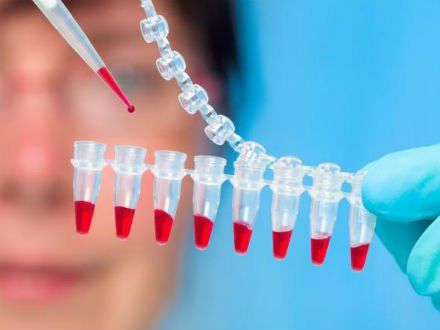
Blood count test: determine the amount of platelets in the blood Bleeding time test : Measures how long it takes for blood to stop bleeding Routine clotting tests : PT or APT tests can be done to check the activity of clotting factors Tests to monitor anticoagulant use: Anticoagulants may cause some reactions to the body during the use of the drug. Bleeding problems can occur if too much is taken, whereas too little can cause blood clots to form. Specific clotting factors tests: Number of clotting factors and coagulation inhibition are determined by different methods Tests to evaluate the ability of platelets to agglutinate: this test is used to check the function of platelets Tests to check the condition of the blood easily blood clots: some tests are needed if you have an abnormal blood clot in a blood vessel. When blood clots are easy to form, a blood test can be done to check for factor V leiden. Coagulation disorders are difficult to diagnose the cause of the disease. Therefore, it is required that the doctor perform a lot of blood clotting tests as well as meticulous monitoring to be able to accurately diagnose the cause of the disease, thereby determining the appropriate and accurate treatment for the patient. each object.
Please dial HOTLINE for more information or register for an appointment HERE. Download MyVinmec app to make appointments faster and to manage your bookings easily.






